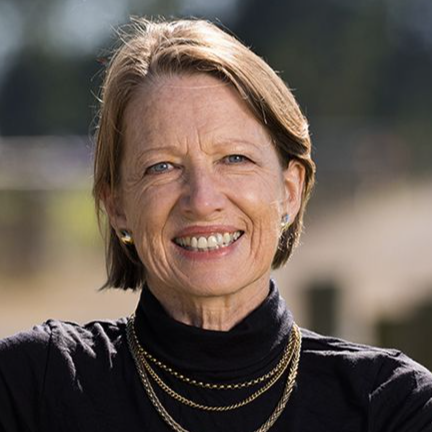The savings have been calculated in a “first of a kind” analysis by EY for the World Wide Fund for Nature (WWF).
The analysis explored the Nature Finance Gap (defined by the United Nations as the “difference between current financial flows and future investment needs to achieve climate, biodiversity and land degradation neutrality targets” and potential pathways to overcome it).
For New Zealand, the future investment required to meet biodiversity targets is $22.5 billion — over 5.6 times the current investment of $4b.
EY makes it clear that the calculations are NOT “a definitive and complete assessment” so the costs and benefits could be higher (or lower) than presented.
But they do raise issues around restoring nature and meeting the Global Biodiversity Framework Targets.
These targets were adopted in 2022 and will be discussed this week at the Sixteenth meeting of the Conference of the Parties to the Convention on Biological Diversity (COP 16) in Colombia.
Over 80% of countries signing up in 2022, including New Zealand, have yet to submit plans on how they are going to achieve their biodiversity goals.
EY’s report does NOT give a plan, nor does it give recommendations, on which nature actions should be taken, who should be responsible for the costs and investments, and how the redistributive impacts of the actions should be addressed — but it is a conversation starter.
The report devotes a whole chapter to potential changes to the livestock industry.
The vision is optimised use of on-farm fertiliser and pesticides, reduced reliance on irrigation, increased riparian and shelterbelt planting, protected waterways, changed feed inputs, and more mixed farming.
Practitioners might assert, with data, that farmers are already doing what is suggested.
Pragmatically, anything that isn’t “optimal” wastes dollars.
Farmers can’t afford waste.
Mixed farming is also something that most have embraced — including forestry on drystock farms, drystock on arable farms, and cropping on dairy farms.
Listen to Rowena Duncum interview Dr Jacqueline Rowarth on The Country below:
The 2024 Living Planet Report (subtitled A System in Peril), also released this year by WWF, is more nuanced.
It points to agricultural expansion as the major threat to biodiversity across the world and suggests that to avoid further expansion the world’s farmers need to optimise crop yields and livestock productivity in a sustainable way.
The report acknowledges that different countries have different starting points and so will have different pathways to goals.
This is particularly important when considering the absolute obligation to provide the growing global population with enough nutritious, healthy food.
Provision will require “different dietary shifts depending on current levels of nutrition and consumption”.
The general message from the WWF is that developed countries should reduce consumption of animal products and developing countries should eat more but this overlooks a fundamental consideration of how best to ensure that all people on the planet have their essential nutritional needs met for the least environmental impact.
Dr Graeme Coles, a Canterbury-based Nutrition Scientist, said: “In the past 10 years, it has become clear that global food security raises a good many issues around sustainability, biodiversity, carbon emission equivalents and the like, but before all else, we must understand and agree on what defines the global food supply”.
He has explained that the first key food need is no longer able to be measured by the provision of dietary energy: it is how well the protein in a food provides the essential amino acids that can’t be acquired any other way.
Researchers involved in the Sustainable Nutrition Initiative, based at the Riddet Institute at Massey University have shown that milk ranks in the top five contributors to 23 of the 29 nutrients modelled among the 98 food items considered by the DELTA model.
Further, milk does so for only 7% of food energy available.
“This is because milk is the one material that mammals have evolved to produce strictly as a food,” Coles said.
The balance of energy and essential amino acids is close to ideal for egg products and for meat products (depending on fat and bone content), but no plant-derived food ingredient (as grown) comes anywhere near this desirable state.
“What this means, in essence,” Coles said, “is that New Zealand agriculture can meet the food needs of far more people using dairy than any other foodstuff.”
He noted that desires were another matter.
EY’s report is framed as an invitation to collaborate and gain further insights into the economic relationships outlined, and the challenges and opportunities for action.
COP16 this week might add to the debate.
COP29, scheduled for next month, will be another source of information.
But for both the point about sustainable intensification — more food production from the land that is already under production to prevent further expansion and increased biodiversity loss — and suggested by EY as a path forward, should be overlain with the concept of “which food best meets the needs of the population for least impact”.
Dairy production fits the bill, and New Zealand is a world leader.
